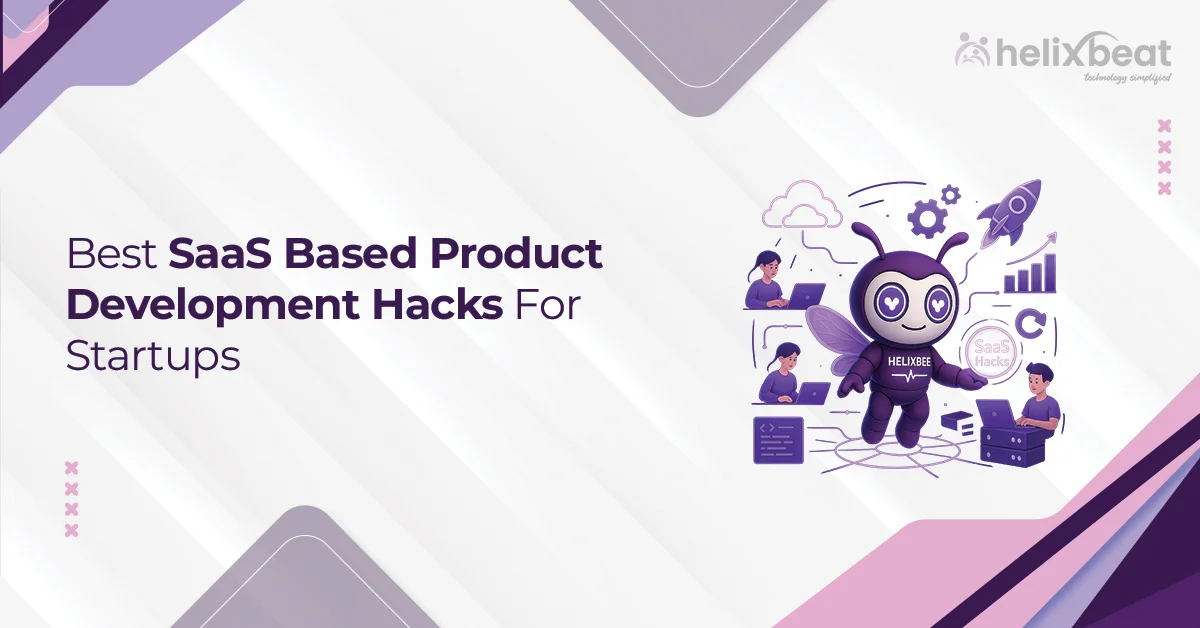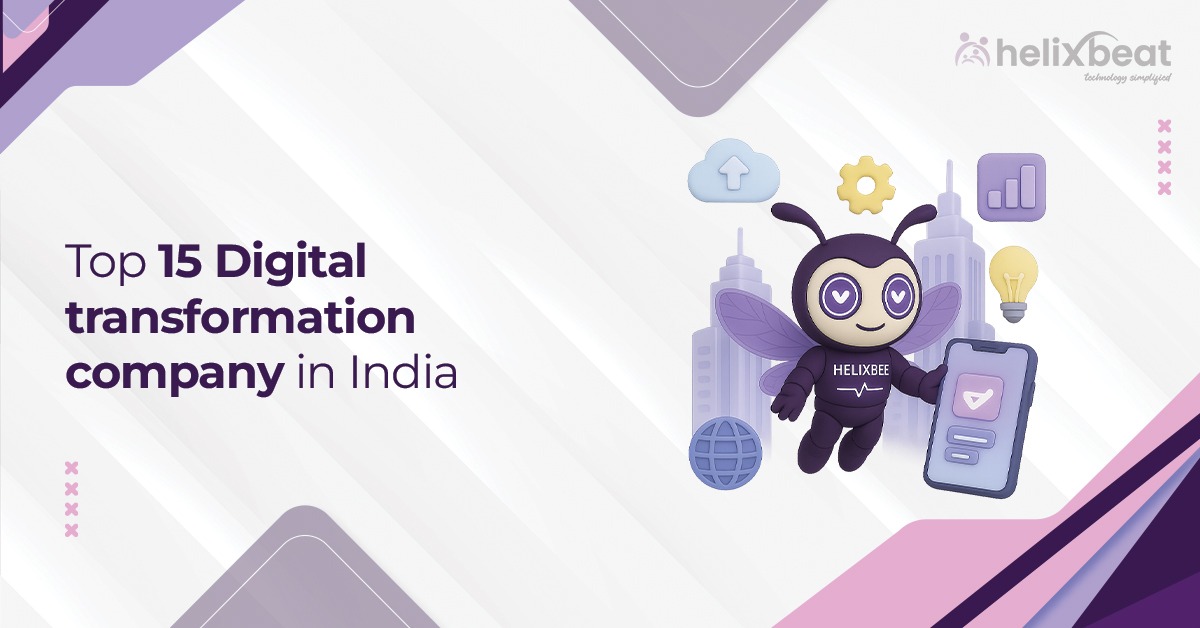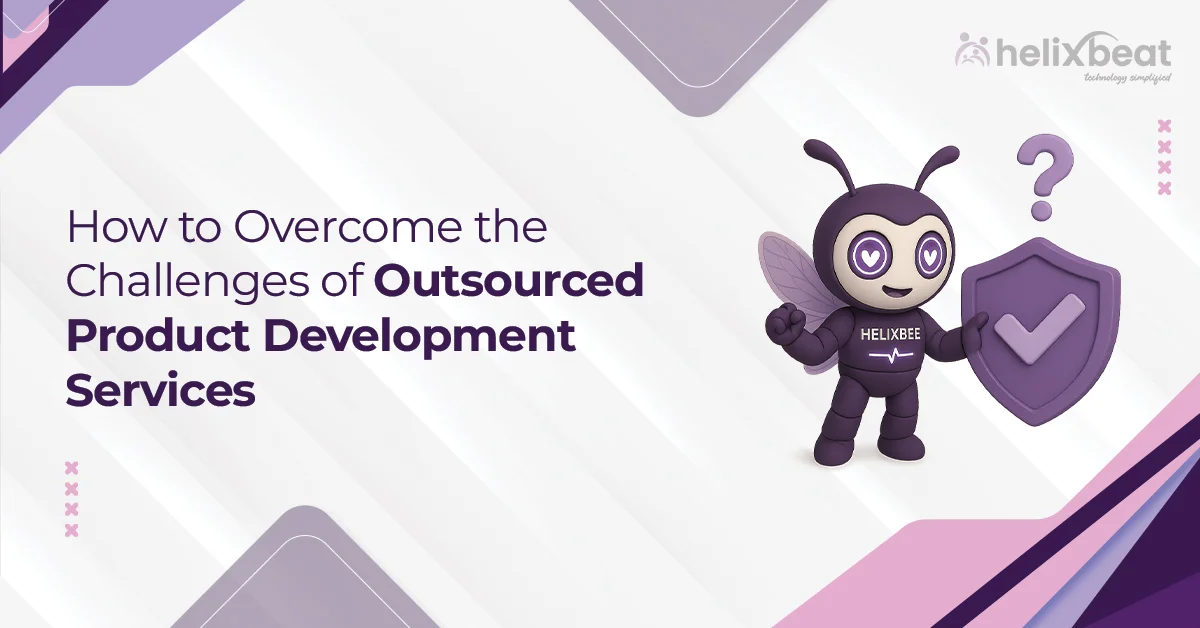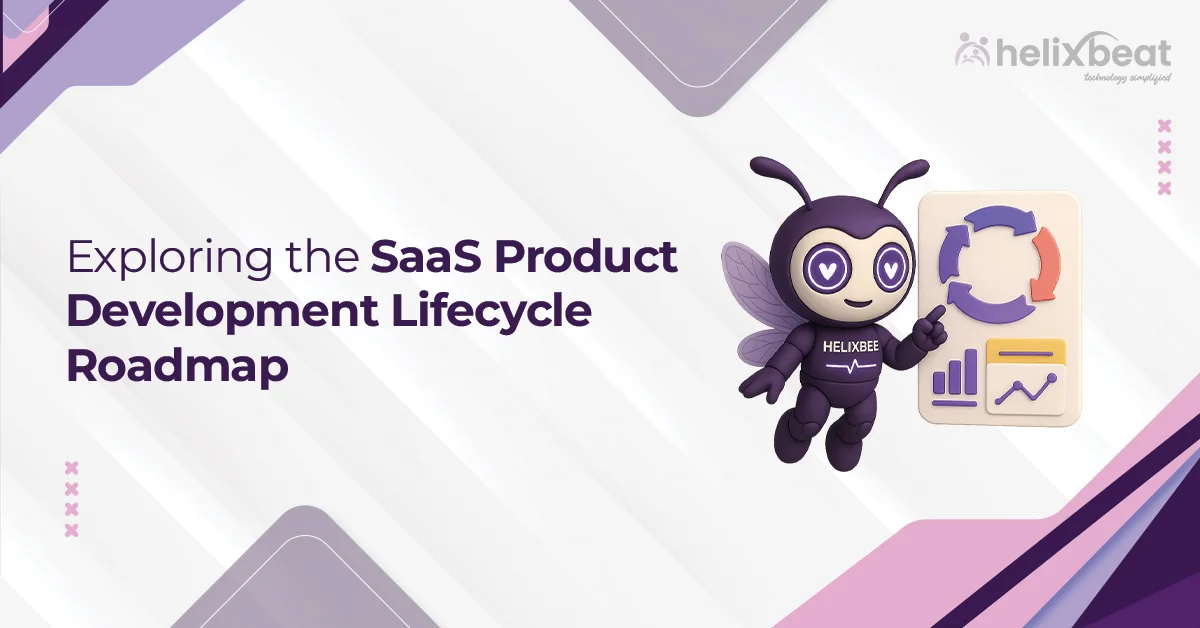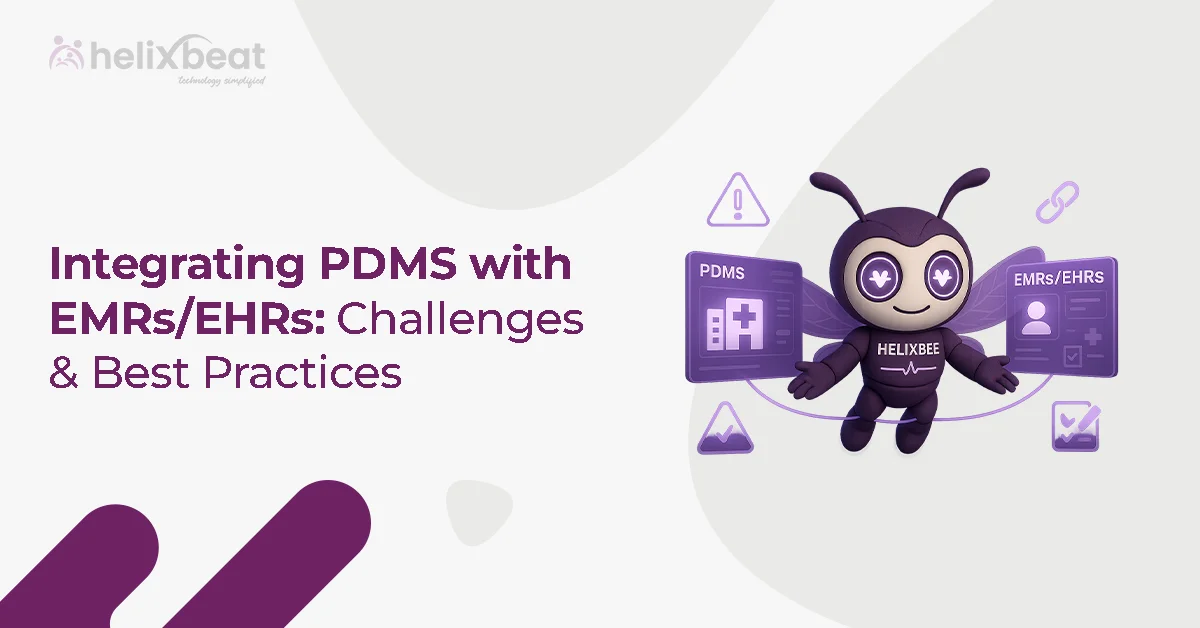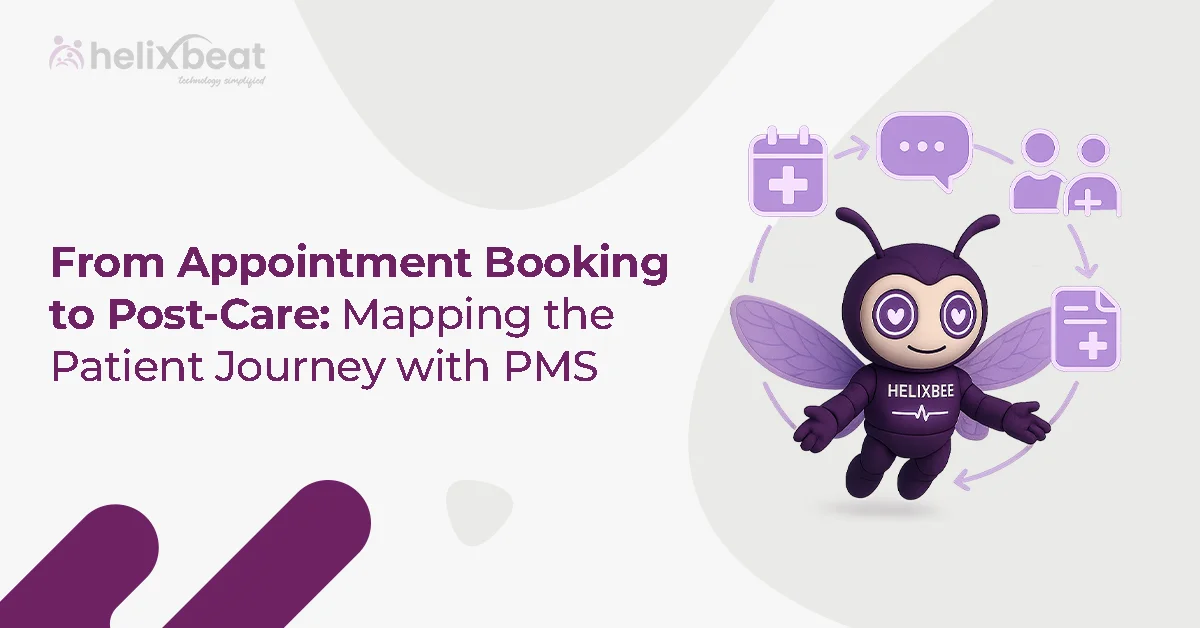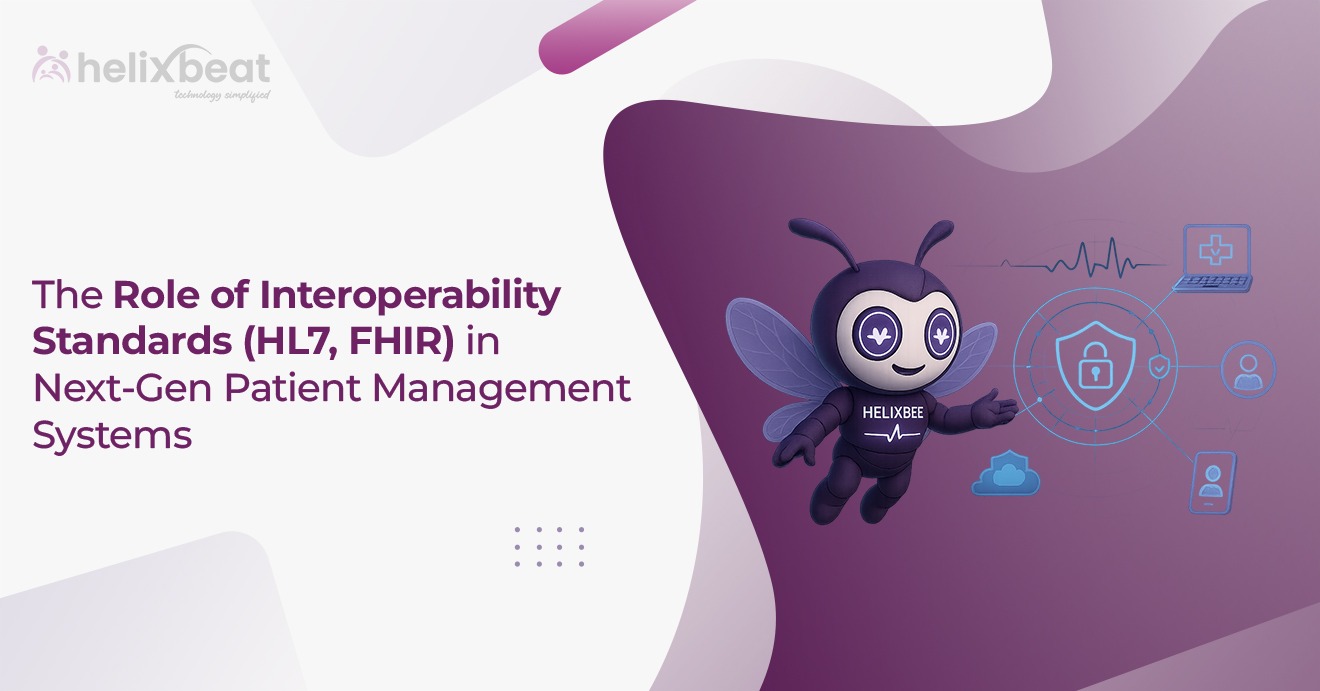For too long, true interoperability remained just out of reach in modern healthcare. Hospitals, clinics, insurers, and labs produced vast mountains of data, yet struggled to connect this vital information. This persistent challenge finally met its match with the arrival of the FHIR standard—Fast Healthcare Interoperability Resources. Introduced by HL7, FHIR is rapidly transforming how healthcare systems communicate.
FHIR simplifies data exchange between systems using a modern, web-based approach that mimics how popular apps and platforms integrate in other industries. But the real beauty of FHIR lies in its flexibility. From patient apps and wearable integrations to large-scale enterprise systems, FHIR is transforming healthcare in ways both expected and surprising.
Let’s explore some of the most impactful use cases of the FHIR standard and understand how it is redefining the healthcare experience for patients, providers, and developers.

Table of Contents
1. Clinical Data Exchange Between Providers
When a patient switches doctors, moves cities, or visits a specialist, their medical history should ideally follow them. But for decades, that hasn’t been the case. With the FHIR standrad, providers can exchange electronic health records (EHRs) across different systems in a structured format.
For example, a cardiologist can access a patient’s medical data stored across different hospital or clinic systems, even if different vendors built those systems. This includes critical details like lab results, allergies, medications, and vital signs. With FHIR APIs enabling this level of data sharing, the doctor can make quicker, better-informed decisions.
2. Patient Access to Health Records via Apps
In 2020, the U.S. federal rule on Interoperability and Patient Access mandated that patients be given digital access to their health data. FHIR is the foundation behind this movement.
As a result, patients can now use mobile health apps to view medical history, prescriptions, immunizations, and even doctors’ notes. With easy access to personal health data, they can take a more active role in managing chronic diseases, scheduling appointments, and understanding lab results.
3. Personalized Care with Wearable Integration
Wearables generate continuous health data, including heart rate, sleep patterns, and physical activity. Traditionally, this data stayed within the device’s ecosystem. Now, with the FHIR standard, it can be integrated into clinical workflows.
For example, a wearable can automatically share a diabetic patient’s blood glucose data with their EHR. This lets doctors monitor real-time trends and adjust insulin dosage without waiting for the next visit. The FHIR standard offers a bridge between consumer-grade health tech and clinical-grade systems, opening the door for highly personalized, real-time care.
4. Medication Management and e-Prescribing
Managing prescriptions across multiple providers can be confusing. FHIR streamlines medication reconciliation by allowing systems to share up-to-date drug lists, allergy data, and past medication history.
Benefits
- Avoids prescribing duplicate or contraindicated drugs.
- Provides pharmacists with contextual clinical data.
- Helps patients adhere to treatment plans through automated reminders and refill alerts.
FHIR also enables SMART on FHIR apps—secure, plug-and-play applications that can be embedded in EHRs—to offer medication-specific decision support at the point of care.
5. Payer-Provider Data Exchange
Healthcare payers often struggle to access real-time clinical data for authorization, care coordination, and claims processing. The FHIR standard is now being used to solve this disconnect.
For example, a health insurance company can use FHIR APIs to retrieve encounter details, lab results, and discharge summaries directly from a hospital’s system for prior authorization or case management.
This reduces administrative delays, improves transparency, and supports value-based care contracts by giving payers insight into patient outcomes and utilization patterns.
6. Telehealth and Virtual Care Solutions
With the explosion of telemedicine, FHIR standard plays a central role in integrating virtual care platforms with existing EHRs. When a virtual consultation happens, that data should be part of the patient’s long-term medical record.
FHIR-based APIs allow video consultation platforms to push clinical notes, diagnostic results, and prescriptions into the main EHR, thus creating continuity of care even in a digital setting. FHIR also enables real-time access to prior records during virtual visits, so doctors are not working in the dark.
7. Clinical Decision Support Systems (CDSS)
Doctors today face a deluge of information. Clinical Decision Support Systems (CDSS) help by providing alerts, diagnostic suggestions, and treatment guidelines. FHIR offers structured data access that allows CDSS tools to integrate contextually into a physician’s workflow.
For example, a patient shows signs of kidney dysfunction during a routine visit. A FHIR-enabled CDSS tool can immediately analyze current and historical lab data and suggest a nephrology referral before symptoms worsen.
8. FHIR in Imaging and Diagnostics
Radiology and pathology reports are rich in diagnostic value but often remain siloed. FHIR standard helps break down these barriers.
For example, a radiology center can send structured imaging metadata (like MRI or CT results) directly to a provider’s EHR using FHIR DiagnosticReport and ImagingStudy resources. As a result, clinicians can gain quicker, more detailed access to diagnostic findings and can correlate them with lab or clinical notes instantly.
9. Healthcare App Development and Innovation
One of the biggest use cases of the FHIR standard lies in the world of app development. FHIR empowers developers to build modular healthcare apps that plug directly into EHRs using secure APIs.
For example, the SMART on FHIR framework allows apps to run within different systems with minimal customization. Developers can also build one app and distribute it across multiple health systems, just like mobile app developers do with Android or iOS. This accelerates innovation and reduces cost barriers for health tech startups.
FUSION: Powering Seamless Healthcare Data Exchange with FHIR and RESTful APIs
In a healthcare environment where every second counts, the ability to access, share, and manage patient data efficiently can make all the difference. That’s where FUSION steps in—your modern FHIR server built for fast, secure, and scalable healthcare data interoperability.
FUSION stores and manages patient records in the FHIR format, making it easy to structure data across clinical encounters, medications, lab results, and more. Whether you’re a hospital, a healthtech startup, or a payer looking to standardize your data infrastructure, FUSION simplifies the challenge by providing a ready-to-integrate FHIR-compliant backend.
From fetching allergy information to updating lab results or creating new appointments, every interaction is streamlined through lightweight HTTP methods, just like modern web applications.
Key Benefits of FUSION
- FHIR-native architecture for compliance with HL7 data standards.
- RESTful design for quick integration with EHRs, patient apps, and third-party platforms.
- Modular and scalable to adapt to growing data and new use cases.
- Secure endpoints to support HIPAA-compliant implementations.
With FUSION, you can unlock real-time clinical data exchange, reduce duplication, support care coordination, and build powerful digital health experiences—all without reinventing the wheel.
Final Words
Whether you’re a healthcare provider, software developer, insurer, or public health agency, the FHIR standard offers a flexible and modern framework for accessing, exchanging, and acting upon healthcare data in meaningful ways.
It’s fast becoming the digital DNA of the healthcare ecosystem. By enabling access to clean, structured data across devices, organizations, and systems, FHIR facilitates smarter care, improved outcomes, and lower costs.
Contact us today and power your healthcare ecosystem with FUSION—where FHIR meets performance.
FAQs
1. What does the FHIR standard stand for?
FHIR stands for Fast Healthcare Interoperability Resources. It’s a set of rules developed by HL7 to make healthcare data more accessible and standardized across systems.
2. Is FHIR only for developers?
Not at all. While developers use FHIR to build apps and integrations, its real beneficiaries are healthcare providers, payers, researchers, and patients.
3. Can FHIR work with legacy systems?
Yes. FHIR can be used alongside older HL7 v2 and CDA systems by mapping existing data into FHIR resources using middleware or adapters.
4. Is FHIR secure for sharing patient data?
FHIR is designed to work with modern authentication and authorization protocols like OAuth 2.0 and OpenID Connect, allowing secure data sharing when implemented correctly.
5. What are the main FHIR resources used in clinical settings?
Common FHIR resources include Patient, Encounter, Observation, Medication, Condition, and DiagnosticReport.





